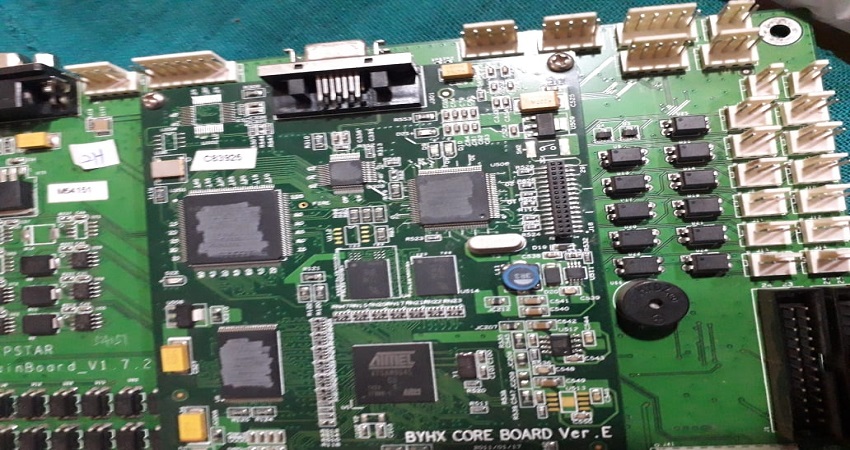When it comes to your electronic assembly, odds are you have a strict deadline to maintain, especially if your product is in high demand. When your electronic assembly isn’t on time, it can end up having a seriously negative effect on your ability to meet the needs of your customers, not only potentially losing you money but also hurting your reputation. As such, making sure your electronic assembly is on time is vital. The following are four tips for doing just that:
1. Emphasize Communication
Clear communication between you and your electronics manufacturing service is essential to prevent delays. It’s important that you’re very clear about the deadlines. Additionally, you should be clear about your requirements and expectations. Being flexible about purchase order due dates if the supplier is a day or two late can be helpful as well.
2. Establish an Effective Production Process
How exactly can you establish an effective production process? By making sure that roles are clearly defined and by taking advantage of real-time data systems. You will need to include measurable KPIs (key performance indicators) for each role along with clearly defined expectations, such as requiring all new orders to be entered by the end of the day.
Using real-time data systems will make it easier for teams to focus on the tasks that they need to perform instead of wasting time trying to figure out what asks they need to perform. When roles are clearly defined and real-time data is made available to help identify what tasks need to be done, your production process will be much more efficient and effective. It also makes it easier to prioritize component delivery issues before they impact your assembly.
3. Be Proactive
Catching errors in the production process when they occur means that you’re catching them too late. When this happens, it takes longer to recover. By being proactive, you can provide manufacturers with the flexibility that they need to deliver on time. One way to do this is by implementing early and preemptive component auditing and purchase order validation.
4. Implement a Good Purchase Order Tracking System
Purchase order status is rarely maintained properly by most businesses, making it difficult to trust MRP (material requirements planning) systems. This means that teams are forced to discuss shortages in-person. By implementing a good purchase order tracking system that provides real-time data, your team will be able to act on the data it provides instead of questioning its accuracy. Since this will make it easier to track purchase order line items, it will also make it easier to hold vendors accountable, thereby limiting late deliveries.
When working with electronics manufacturing services, late deliveries can really delay your electronic assembly, which can be quite costly in several different ways. While it’s important that you hire a reputable electronics manufacturing service, there are things that you can do on your end as well. These are four tips that you can follow to help eliminate late deliveries.
